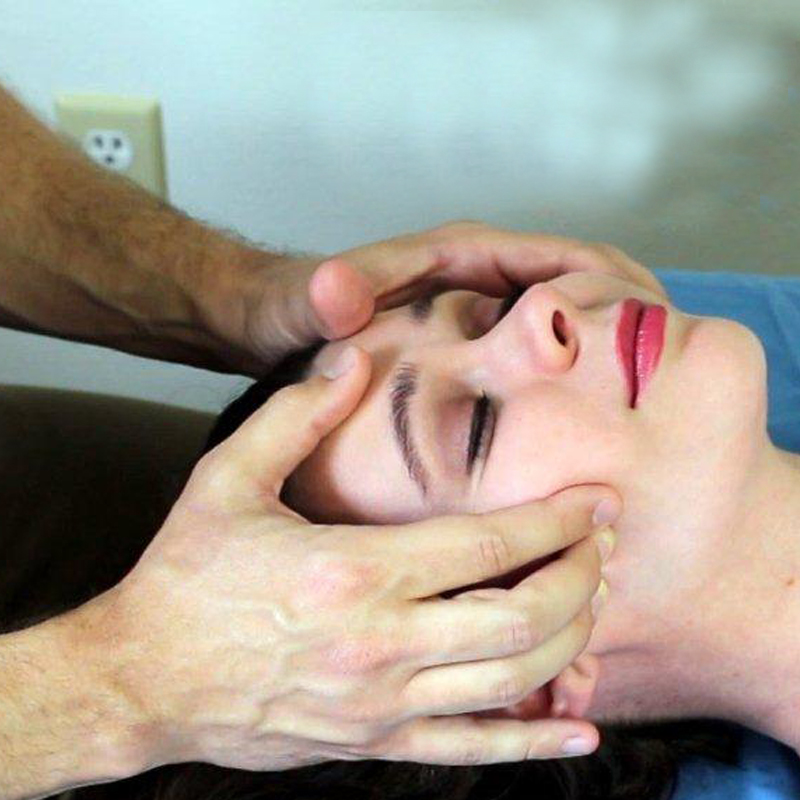Fascia surrounds, separates, supports, articulates and protects muscles, nerves, blood vessels, organs, systems and cells of the body.
Once the restrictions are located by the Practitioner, a gentle but firm pressure is applied in the direction of the restriction. A gentle sustained pressure is held until the release is felt. This motion is followed in the direction of the restriction from one barrier to the next. to increase range of motion, decrease pressure in fascial (connective tissue) restrictions and restore any dysfunction.
Fascia, or connective tissue of the body, forms a web which supports the body’s structure. During an injury or under emotional stress the fascia can become tense and tight causing pain and physical restriction. When we experience physical trauma, scarring, or inflammation, however, the fascia loses its pliability. It becomes tight, restricted and a source of tension to the rest of the body.
Through working on the soft tissue the practitioner aims to release discomfort and bring the fascia back to a position of balance and good functionality. Myofascial Release is useful for:
- Acute and chronic pain
- Neurologic and movement dysfunction
- Poor posture
- Headaches
- Sports injuries
For example, your practitioner may work on the hips and low back to help reduce tension in the neck which in turn can cause headaches. This is the benefit of a whole body approach that makes myofascial release such an effective treatment.
